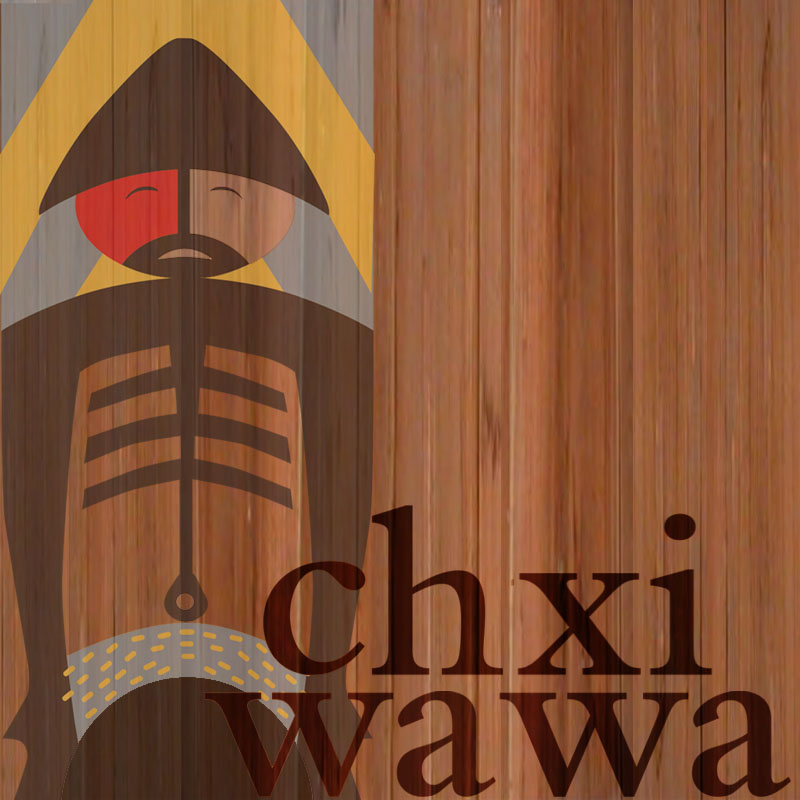With a legacy rooted in legendary migrations of the last ice age, the Chinook Indian Nation is deserving of boundless respect. And among their neighbors here around the mouth of the mighty Columbia River, that’s the level of esteem they receive.
A new Columbia River Maritime Museum exhibit — “ntsayka ilíi ukuk: This is Our Place” — goes some way toward emphasizing the tribe’s seamless existence here, tracing the ebb and flow of Chinook life through the seasons and generations.
Amiran White, who began photographing the Chinook eight years ago, has a superb “eye” for emotional and content-rich imagery. Her work is the star of the show. (We at the Chinook Observer have commissioned and featured her deeply insightful photos of tribal life.) With trusted access to the calendar of traditional ceremonies, family milestones and tribal efforts to attain well-deserved federal status, White’s work forms one of the strongest possible arguments for justice on behalf of the Chinook.
“Amiran … she’s a great friend, she’s really family and part of our Chinook community, and she’s given an incredible gift to the community,” Tribal Chairman Tony Johnson said. “She’s watching generations of kids come up and the work that we’re doing to perpetuate our existence here.”
Johnson himself stars in an inspirational and informative video that accompanies White’s photographic exhibition and two Chinook canoes modeled on those that once flew like seabirds across the tumultuous waves of the Columbia estuary.
It is one tragedy among many suffered by the Chinook that so much of their material culture was lost in the calamities that accompanied the tsunami-like arrival of European-American explorers and settlers starting in the 1700s. The maritime museum exhibit and its opening dance hint at the tribe’s broader efforts to reclaim and acclaim an astonishing endowment of performing and visual arts.
Although many Chinook fell victim to White diseases for which they lacked immunity, more of their objects survived than one might think based on how little we see around us or in the museum exhibit. British, Spanish, American and even Russian collectors and archivists carried much away. Some fine tomorrow, we can hope that some of this heritage will return here where it was created.
It will enrich everyone in the Chinook homeland if the tribe’s official legal status is rightfully restored. In the meantime, the Chinook and their many local supporters continue to advocate that ownership of the former Naselle Youth Camp be delivered by the Washington Legislature to the tribe which, after all, owned all these lands and waters for many centuries. This facility would be a venue for many valuable services — perhaps someday including an exhibition of repatriated objects from the colonial era.
The maritime museum is to be commended for stepping up on behalf of the Chinook. The support of one of the West Coast’s most credible historical institutions conveys a powerful message, one that the U.S. Interior Department, Congress and the president should take into consideration.
“It means an awful lot for us to come up a little bit above the surface and show you these photos, to know that in the expansion of the museum, there’s another permanent space for telling the Chinook story,” Johnson said. “There is so much that has been taken from Chinook and Chinook folks, so to us, these things are incredibly precious.”








